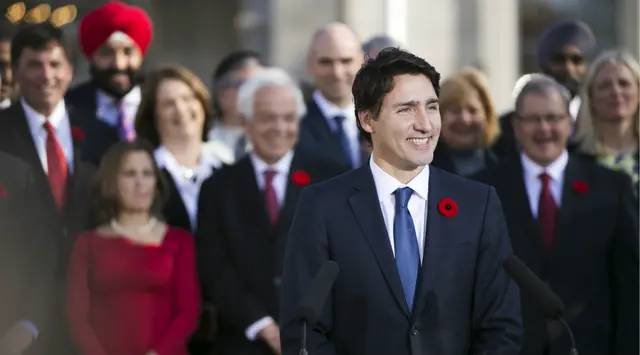The Australian dollar has slid to a half-month low after the Reserve Bank of Australia (RBA) effectively nullified prospects of a further cut in rates, although the Australian central bank left the door ajar for further action in the wake of a key board meeting in Sydney.
Low inflation and a drag on economic growth saw the RBA cut its benchmark cash rate to a record low of 2.5 percent at its Aug. 6 policy meeting.
Experts here are now divided on the progress of the RBA's cash rate decisions, with Westpac's Bill Evans declaring that the real significance of the latest meeting was not the direction of the rate but the clarification on the current policy stance.
"The wording in the governor's statement following the Board meeting suggests to us that the Board had moved back to a neutral stance with the words: 'The Board will continue to assess the outlook and adjust policy as needed to foster sustainable growth in demand and inflation outcomes consistent with the inflation target over time'."
Evans noted that Wednesday's minutes added the following sentence: "Regarding the communication of this decision, members agreed that the Bank should neither close off the possibility of reducing rates further nor signal an imminent intention to reduce rates further."
Westpac believes there is little intention to adjust rates at the next meeting because of its proximity to the national election.
However, the minutes indicate that the Board is of the mind that it is still considering decisions with a view to reducing rates further.
He said, "It is always dangerous to interpret minutes with a view to the outlook for policy. The practice of central banks is to use minutes to justify the current decision. As a result we are not surprised that the assessment of the economy in these minutes is decidedly more downbeat than we have seen before. In previous minutes growth has been described as 'a bit below trend'. In these minutes it is described as 'below trend'."
Alvin Pontoh, Asia-Pacific macro strategist of FX & Rates Strategy for TD Securities, said the minutes from the RBA's Aug. 6 meeting was largely expected. "With the bank clearly leaving the door open for further cuts (i.e. easing bias intact), but at the same time signaling that there was no urgency to cut again," Pontoh said.
Pontoh said this was made explicit in the final paragraph of the minutes which said that the "bank should neither close off the possibility of reducing rates further, nor signal an imminent intention to reduce rates further."
HSBC's Paul Bloxham, chief economist (Australia and New Zealand) , said this month's rate cut may be the last for this easing cycle.
"Low policy rates are expected to gain further traction in the domestic economy, with the boost already provided to the housing market spreading to the broader economy in coming months," Bloxham said.
He added that the election on Sept. 7 should help the process, removing uncertainty for businesses about the regulatory environment.
"The AUD should also begin to provide support for key sectors of the Australian economy, given its fall in recent months. Notably, tourism, manufacturing and the domestic retail sector should see support and at the same time the lower AUD will lift inflation. However, a rising AUD is a risk to this view and to our view that the easing phase of the rates cycle may be done," Bloxham said.
According to the RBA, while the housing sector was assessed to have improved through measures like auction clearance rates, dwelling prices, residential building approvals and loan approvals, there was still a note of disappointment even for housing. " Dwelling investment had thus far experienced a muted recovery relative to past cyclical upturns," the RBA said.
Commentary around the impact of the fall in the Australian dollar on inflation was quite optimistic with softer pressures from wages expected to offset the inflation impact of the recent depreciation.
Evans said that despite the depreciation the Bank's inflation forecasts were unchanged from the May Statement on Monetary Policy (SoMP).
The RBA maintain a slight easing bias following August's rate cut, with the outlook dependent on the still uncertain evolution of the local currency.
Bloxham said, "In our view, this month's rate cut may be the last for this easing cycle, though this relies on our forecast that the AUD will edge lower, rather than higher, over coming quarters."
 简体中文
简体中文

